
~Guest Post by Amanda Davis
Hello fellow-24 Carrot Writers! My name is Amanda Davis. I’m an author-illustrator and high school art educator. My debut creative nonfiction picture book, 30,000 STITCHES: THE INSPIRING STORY OF THE NATIONAL 9/11 FLAG, will be hitting shelves May 4th. The story is illustrated by the amazing Sally Wern Comport and will be releasing with WorthyKids/Hachette Book Group. Thank you to the 24 Carrot Writing team for inviting me onto the blog today. I’m excited to kick off my MINI BLOG TOUR for my cover reveal (more about this at the end of the post) by chatting about all things nonfiction. I learned a lot about writing nonfiction from crafting my debut and attempted to boil my process down to the Three ‘R’s of Writing Nonfiction for Children. Let’s dive in!
1. The first ‘R’ of Writing Nonfiction for Children is RESEARCH:
The research for my debut picture book, 30,000 STITCHES began seven years before I ever started drafting a manuscript for it. Late summer of 2011, I was searching for a lesson I could facilitate with my high school art students to honor the tenth remembrance of 9/11. As I was researching, I came across the story of the National 9/11 Flag and knew I needed to share it with students. We learned all about the flag and then created our own patched together flag inspired by the story
The story of the flag continued to linger, and as I began more seriously diving into the world of kidlit, I was drawn back to it. I have a background in journalism so uncovering stories, facts, and resources, is right up my alley!
My boiled down nuggets from the research are:
2. The second ‘R’ is for REVISION: After the bulk of my research was complete (or so I thought), I began to revise my story…and revise…and revise again. Looking back, I’m afraid to officially count the number of versions I have so I’ll just leave it at countless. We all know that revision is part of every writer’s process but I noticed I felt an added weight when it came to writing nonfiction because there was no room for error when it came to relaying the facts of the story and the subject matter. My boiled down nuggets for revision are:
3. The third and final ‘R’ in writing for nonfiction is REPEAT: Once you land a deal for your nonfiction story, your research and revision will most likely be on repeat. There will be questions to answer, details to check, and countless times you will dive back into your sources for information.
If you are taking on the challenge of writing nonfiction, hooray! I hope you found these nuggets of information helpful in your process. For me, there is an undeniable pleasure in knowing that I’m sharing an important, true story with the world and making it accessible and fun for children to read and learn about. What could possibly be cooler than that? I’d like to leave you with one final BONUS ‘R’ for the road, which is ROCKS, because simply put, when you truly boil it all down, nonfiction ROCKS! I hope you will join me in celebrating my cover reveal by following along with the tour. I’ll be stopping by the places below, and using the #30000StitchesTour. There will be fun giveaways and prizes along the way!
Today’s giveaway is a chance to win one of 10 (ten) signed copies of 30,000 STITCHES!
Enter the giveaway below. Be sure to check out tomorrow’s stop on the tour over at author, Brian Gehrlein’s PB Spotlight blog. I’ll be in conversation with my agent for 30,000 STITCHES, Melissa Richeson, and she’ll be offering a generous giveaway. Stay tuned! Happy Creating! ~Amanda Enter for a chance to win one of 10 (ten) signed copies of 30,000 STITCHES here: Amanda Davis is a teacher, artist, writer, and innovator who uses her words and pictures to light up the world with kindness. After losing her father at the age of twelve, Amanda turned to art and writing as an outlet. It became her voice. A way to cope. A way to escape. And a way to tell her story. She was thus inspired to teach art and pursue her passion for writing and illustrating children’s books. Through her work, Amanda empowers younger generations to tell their own stories and offers children and adults an entryway into a world of discovery. A world that can help them make sense of themselves, others, and the community around them. A world where they can navigate, imagine, and feel inspired—over and over again. When she’s not busy creating, you can find her sipping tea, petting dogs, and exploring the natural wonders of The Bay State with her partner and rescue pup, Cora. Amanda is represented by Jennifer Unter of The Unter Agency. Her debut picture book, 30,000 STITCHES, hits stores May 4, 2021 with WorthyKids/Hachette Book Group. To connect with Amanda and learn more about her work: Visit her online at amandadavisart.com (http://amandadavisart.com/) Twitter @amandadavisart (https://twitter.com/amandadavisart) Instagram @amandadavis_art (https://www.instagram.com/amandadavis_art/) and Facebook. (http://facebook.com/amandadavisart)
2 Comments
 Guest post by Francine Puckly A little over a year ago I made the very difficult but necessary decision to retire from 24 Carrot Writing after five wonderful years. I have missed the camaraderie with my friends and co-founders, and I’m excited to be invited back this week to talk about what I hold near and dear — reimagining creative visions, establishing long-term plans, and setting tangible, immediate goals. Each new year I take several hours (or sometimes a luxurious whole day!) to celebrate the concluding year’s accomplishments and reassess my goals for the year ahead. In the summer of 2019, I saw a large gap in my September calendar approaching — my kids would both be departing for college while at the same time my husband was heading out of town on business. Rather than pack the days and evenings with hikes and dinners with friends (oh, so tempting!), I trusted my gut to take that time for some extensive reflection. I spent four solid days at home — all to myself — to reexamine my writing vision. What I realized during that block of time was that I had become a little too comfortable with my routine and wasn’t exactly thrilled with how I was spending my writing time. I gathered the nerve to make several pronounced changes to my commitments. While it was scary to be unmoored from what was comfortable and familiar, I created an avenue for new opportunities to seep in. And seep they did! I had additional novel-writing time and took on a freelance editing gig in June that led to a full-time writer/editor position in December, but the biggest shift was that I found myself hired by a publisher to write and submit an entire manuscript in seventeen days! The work-for-hire pursuit would not have come about if I hadn’t cleared ample space for it. I was e-introduced to the editor in May, and after an initial video interview, she asked me to submit several writing samples for a couple of different book ideas. We went back and forth several times, during which time I submitted additional samples, incorporated editorial feedback and provided revisions. The editor pitched the project to the editorial team, they authorized it, and we set off on our own version of Operation Warp Speed. (For more details of that process and my takeaways, see Lessons from a Seventeen-Day Book Sprint.) Because I redirected my efforts and reset my long-term goals, The Word-a-Day Vocabulary Workbook, not even a thought seven months ago, hits bookstores today! The poet, Wendell Berry, said it best. “The life we want is not merely the one we have chosen and made. It is the one we must be choosing and making.” What life will you be choosing and making in 2021? Here’s what I wish for all creatives this year (beyond health and well-being): Before you set your goals, may you have plenty of time for self-reflection. May you have the courage to make the necessary changes in your life that will bring joy, surprise, and authenticity to your creative endeavors. And may you trust yourself — always — because, deep down, you know what’s best for you. Warmest best wishes for a joyful writing year! 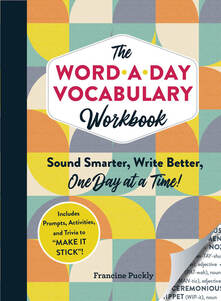 Francine Puckly’s debut book, The Word-a-Day Vocabulary Workbook (Adams Media), is an entertaining nonfiction blend of 365 obscure words, amusing word trivia, and thought-provoking daily writing prompts, perfect for writers who need to get their creative juices flowing each day. It hits stores near you Tuesday, January 12, 2021. You can find Francine online at francinepuckly.com, on Facebook at Francine Puckly, Author, and on Twitter and Instagram @francinepuckly.  By Annie Cronin Romano So, 2020 was a doozy, wasn’t it? Sure was. But it’s over, people. It’s 2021. A brand new year! And you know what they say: New Year. New Goals. Okay, maybe most people don’t say that. But at 24 Carrot Writing, we say it. And we mean it. Don’t believe us? Check out our 2021 goals, which we post every year in January, because: proof! There they are! If you’re worried about setting goals for the New Year because last year tossed such a curveball into your writing plans, don’t be. Yes, it’s tricky when you plan to write an hour a day while your kids are at school, only to have them suddenly doing remote learning from home. For month after month. We know. But goals should be flexible. That’s the beauty of the “Attainable, “Relevant” and “Timely” part of SMART goals (see The SMART Key to Your Carrots, September 2014). If something drastic happens to alter the attainability, relevance, or timely aspect of your goal—such as, say, a pandemic?—you can adjust your sails to make your goal achievable. Does this count for not meeting a writing goal simply because you didn’t feel like writing? No. But does it count because the time you thought you’d have was altered by circumstances beyond your control? Yes, absolutely. So don’t let the stress and upheaval that was 2020 keep you from setting writing goals for 2021. Think about what you’d like to accomplish and write it down. Then get started. Perhaps your goal is to brainstorm a list of ideas for new a chapter book series. Perhaps you hope to write three new picture book manuscripts. Or completely revise a novel manuscript based on feedback you’ve received from a critique. Perhaps you work full time and have a busy family life, and your goal is to write a chapter a week. Or even a chapter a month. Write down that goal. Then do your best to meet it. Do. Your. Best. That’s what a goal is set for: as a finish line to run toward. And every step is progress. So think about what you’d like to accomplish in your writing life this year. Then commit to it. You can do this. New Year. New Goals. A fresh start. Bring on 2021! And happy writing! All of us at 24 Carrot Writing are cheering for you!  Every year we share our goals in the hopes that they will inspire you to set your own 24 Carrot Writing Goals. Setting solid, measurable goals is a basic tenet of 24 Carrot Writing. Whether you are joining us in January, or later in the year, it is never too late to create a path to writing success. Take a peek at how we have decided to structure our goals this year and look back at our targets in past years. Go ahead and snag a few targets from our lists to add to your own goals. Tweak our plans to match your own style and don't forget to use our 24 Carrot Writing community to help you stay on track! We've got a great year of bi-monthly blogs planned, and an active Facebook community ready to offer support and encouragement! Kelly
Write with Confident Joy Writing, Revise and Submit:
Craft & Community:
Annie Writing:
Craft & Community:
Amanda Be intentional Write, Revise and Submit:
Craft & Community:
|
Peruse blogs for advice and tips from KidLit creatives.
Categories
All
Archives
April 2024
Click to set custom HTML
Click on the RSS Feed button above to receive notifications of new posts on this blog.
|
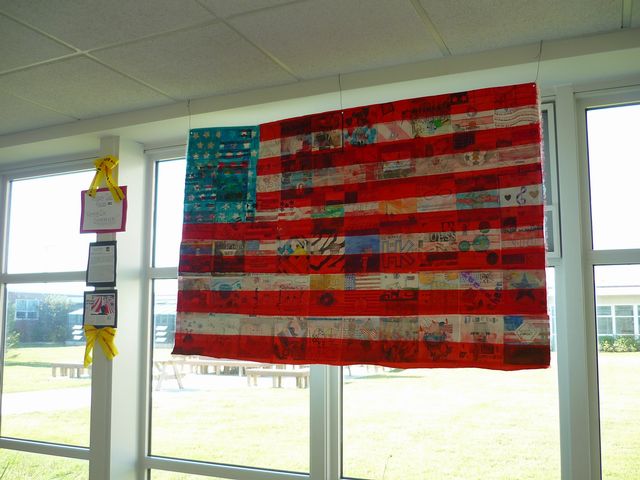
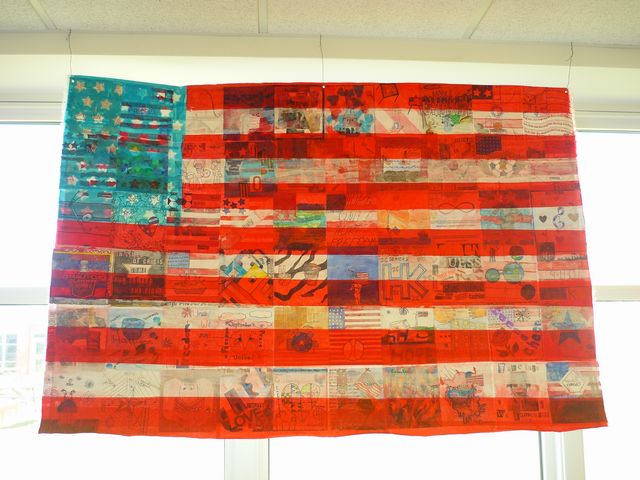
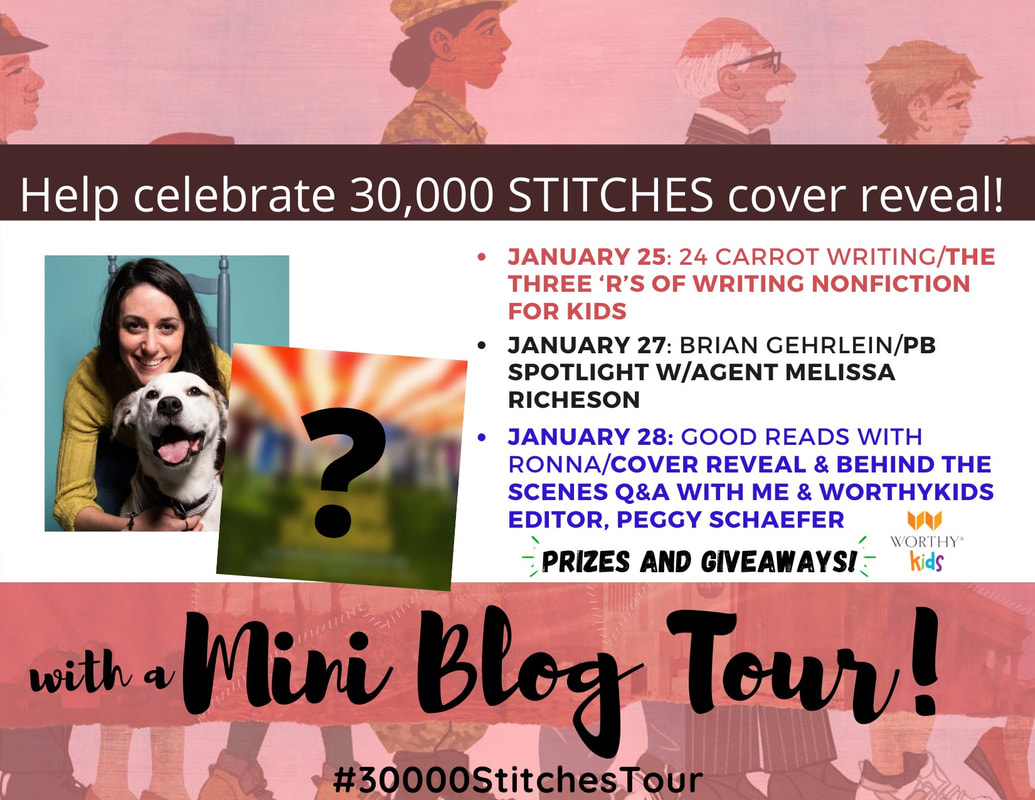
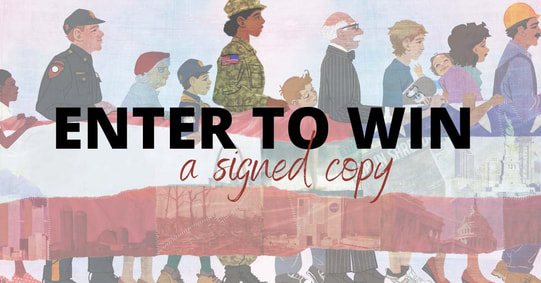
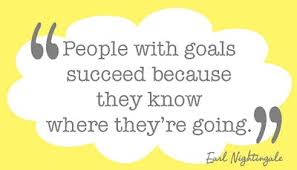
 RSS Feed
RSS Feed